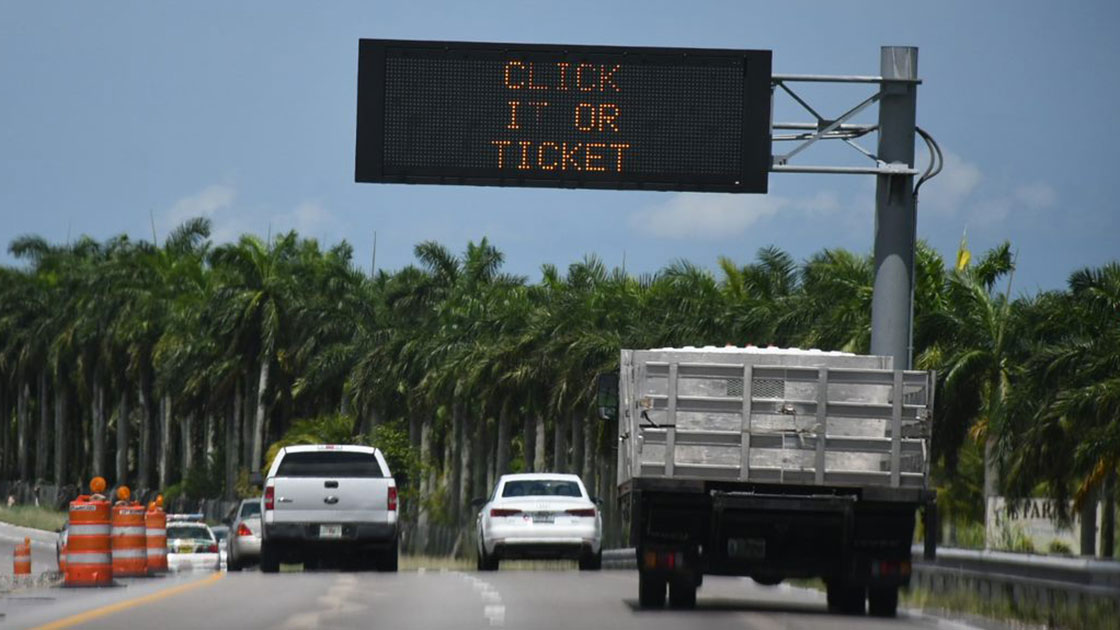With publicity and education, traffic safety laws can change behavior
May 19, 2001

Most demonstrable improvements in driver behavior come from traffic safety laws. The clearest examples are those where the behaviors are readily observable and the changes are measurable — belt use, motorcycle helmet use, or travel speeds.
Victoria, Australia, enacted the first safety belt law in 1970. Use rates, which had been 18-26 percent, immediately jumped to 75 percent in urban areas and 64 percent on rural roads. When other Australian states passed similar laws, each experienced big jumps in rates of buckling up.
But in North America, belt laws by themselves didn't have the same effect. Canadian authorities added a program of periodic intensive enforcement, and the laws in some provinces were strengthened to include points on drivers' licenses as part of the penalties. These approaches paid off. Driver belt use in Canada has topped 90 percent since 1994, as high as anywhere in the world.
While education to change driver behavior almost never is effective by itself, it's beneficial when it enhances the effectiveness of traffic safety laws. It can build public support to enact the laws in the first place. Then education can enhance enforcement by increasing motorists' perceptions of the risk of apprehension.
This is well-documented in Australia, where extensive and creative highway safety advertising runs frequently on television and other media. The advertising works, according to professor Peter Vulcan of Monash University in Victoria, "only when it is done in direct support of high levels of enforcement, usually highly visible enforcement. You can start the process with voluntary compliance with traffic safety laws, but then to get the majority of road users to comply you need enforcement that is magnified by publicity."
Benefits accrue even without high compliance
Compliance with traffic laws varies considerably. The greater the compliance, the more effective the laws. If motorists don't know about a law or don't believe it will be enforced, compliance will be limited.
But even laws that frequently are violated can have positive effects. A good example is speed limits. Many drivers routinely exceed them, but there's still a safety benefit because drivers typically won't go more than 10 mph faster than a posted limit. Thus, when speed limits were 55 mph most drivers went 55-65 mph. When the limits were increased to 65 mph, motorists sped up to 65-75 mph.
This behavior has nothing to do with choosing safe speeds to drive. It has everything to do with the perception that speed limits actually are being enforced at about 8-10 mph above what's posted.
Motorists are much more likely to change their behavior in response to traffic laws than because of education about what increases crash risk. In large part, this is because motorists believe their driving skills will enable them to avoid collisions. At the same time, they recognize their skills won't enable them to avoid a ticket. So they slow down, buckle up, or otherwise comply with the laws.
Keeping the focus on what works
The time and money spent promoting highway safety strategies that don't work steal critical resources from those that do. Advocates of such programs may bring much needed public attention to problems, but the same voices could be more effective if their efforts were used to support countermeasures shown to work by scientific research.
The effective programs are the ones that combine education with traffic law enforcement. This combination is the key to changing driver behavior.